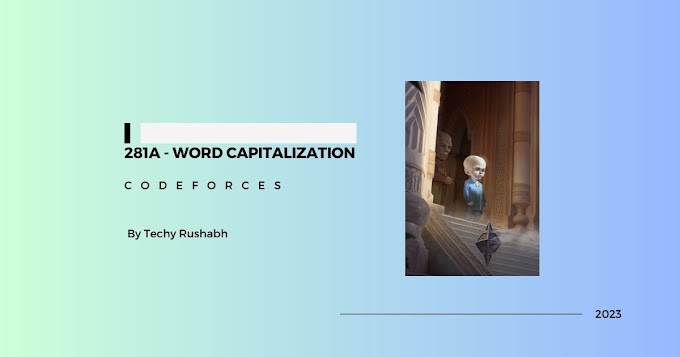Introduction
The OpenAI saga surrounding Sam Altman's brief firing in November 2023 continues to unfold, with accusations, investigations, and a healthy dose of media misinterpretation. This post dives into the recent developments, focusing on the role of Mira Murati, the independent investigation into the events, and the questionable reporting that fueled the fire.
The Mira Murati Misunderstanding: Scapegoat or Supporter?
Initial reports, primarily stemming from a New York Times article, painted OpenAI's Chief Technology Officer, Mira Murati, as a key player in Sam Altman's ouster. The article claimed Murati's feedback to the board "helped propel" their decision to fire Altman. This narrative, however, quickly clashed with readily available evidence.
During the immediate aftermath of Altman's firing, Murati publicly supported him. She tweeted the phrase "OpenAI is nothing without its people," a sentiment echoed by many employees threatening to resign. Furthermore, Murati's name was first on a letter signed by OpenAI employees demanding the board's resignation and Altman's reinstatement.
Murati later responded on Twitter, stating that the New York Times article contained "misleading claims" and suggesting that former board members were attempting to "scapegoat" her to "save face in the media." She also sent an internal message to her team, clarifying that while she provided feedback to individual board members when asked, it was feedback Sam already knew, and she actively fought against the board's actions.
The Previous Board: Unpacking the Players
To understand the context of Murati's response, it's crucial to examine the composition of the previous OpenAI board, which orchestrated Altman's firing:
- Ilya Sutskever: Chief Scientist at OpenAI, a highly respected AI researcher.
- Greg Brockman: Former Chairman of the Board and OpenAI co-founder, previously CTO at Stripe.
- Adam D'Angelo: CEO of Quora, former CTO at Facebook. D'Angelo was the only member retained on the new board.
- Tasha McCauley: Robotics engineer and CEO of GeoSim Systems (a company with a seemingly non-existent online presence).
- Helen Toner: Director of Strategy at Georgetown's Center for Security and Emerging Technology (CSET).
The video's narrator suggests that Helen Toner, possibly with Tasha McCauley's support, was the primary instigator of the "coup." Toner had previously published a paper ("Decoding Intentions") criticizing OpenAI's actions and praising those of its competitor, Anthropic, which allegedly led to conflict with Altman.
The WilmerHale Investigation: A Breakdown in Trust
OpenAI commissioned an independent investigation by the law firm WilmerHale to determine the events leading to Altman's firing. The report, released on March 8th, concluded that the firing was due to a "breakdown in trust" between the prior board and Altman. The investigation reviewed over 30,000 documents and conducted numerous interviews.
Crucially, the report stated that the board's decision *did not* arise from concerns regarding product safety, security, OpenAI's finances, or its communications with stakeholders. This seemingly contradicts rumors about a potentially dangerous AI project called "Q-Star," although the video's narrator expresses concern that OpenAI has not explicitly denied the existence of such a project.
Media Misinformation: The Ripple Effect
The video highlights a significant issue: the spread of misinformation through major media outlets. The New York Times article, based on anonymous sources, appears to be the origin of the inaccurate portrayal of Mira Murati's role. Other publications, such as Business Insider and the New York Post, then cited the New York Times article, perpetuating the false narrative without independent verification. The rapid dissemination of this unverified information, originating from a single, potentially biased source, raises serious concerns about the credibility of these news organizations and the potential to rapidly spread malifnromation.
Conclusion: Key Takeaways
The OpenAI drama offers several key takeaways:
- Mira Murati was likely not the instigator of Altman's firing, but rather a supporter who actively worked for his reinstatement.
- The previous board, particularly Helen Toner, appears to have been the driving force behind the ouster, motivated by a conflict of interest and a breakdown in trust.
- The independent investigation confirmed the "breakdown in trust" narrative, while dismissing concerns about product safety or financial impropriety (though some skepticism remains regarding the "Q-Star" rumors).
- Major media outlets played a role in spreading misinformation by relying on a single, unverified source and failing to conduct thorough fact-checking.
- OpenAI appointed three new board members.
This situation underscores the importance of critical thinking, verifying information from multiple sources, and recognizing the potential for bias, even within established news organizations.
Keywords: OpenAI, Sam Altman, Mira Murati, Helen Toner, WilmerHale, board of directors, investigation, misinformation, New York Times, Q-Star




0 Comments